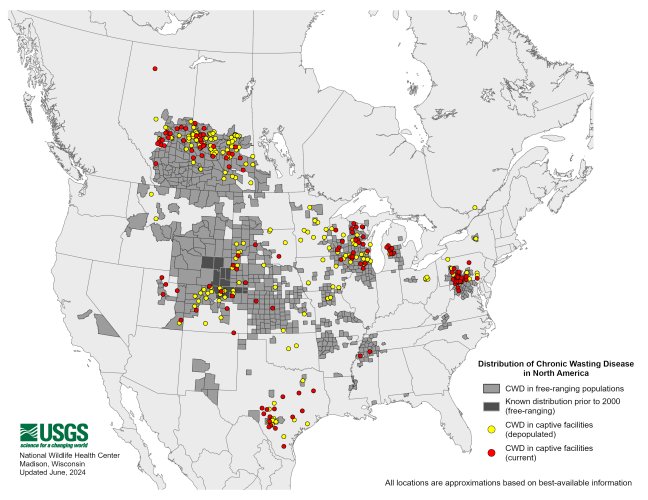GoWyo!
Well-known member
Test your deer. Troubling stats.

 wyofile.com
wyofile.com

A Wyoming mule deer herd is so riddled with CWD it could nearly vanish - WyoFile
Preliminary findings have biologists worried for superinfected deer herd. There’s hope research could help guide chronic wasting disease management — if the public lets it happen.






